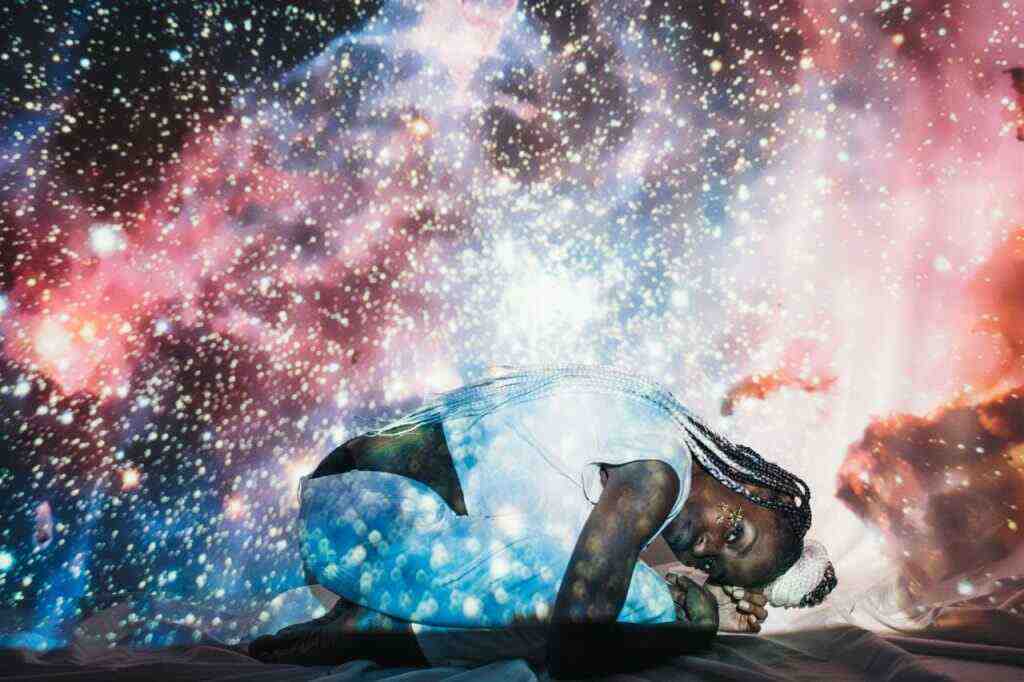Cosmic Spectacles: Observing Dramatic Changes in Our Universe
Embark on a captivating journey through the universe’s most awe-inspiring phenomena, where cosmic spectacles unfold, revealing the dynamic nature of our vast cosmos. From the energetic outbursts of galactic centers to the explosive deaths of stars and the cataclysmic collisions of compact objects, these celestial events offer invaluable insights into the fundamental forces and processes that shape our universe.
Black Holes: Cosmic Maelstroms Devouring Matter and Shaping Galaxies
At the heart of many galaxies, including our own Milky Way, lurk enigmatic black holes, cosmic behemoths possessing such immense gravitational pull that nothing, not even light, can escape their event horizon. As these gravitational monsters accrete material from their surroundings, they unleash tremendous amounts of energy, illuminating the centers of galaxies and shaping their evolution.
Galactic Centers: Lighthouses of the Universe
When black holes actively feed on surrounding gas and dust, they transform into brilliant beacons known as active galactic nuclei (AGN). These luminous centers outshine entire galaxies, emitting powerful radiation across the electromagnetic spectrum, from radio waves to X-rays. By studying AGN, astronomers can probe the extreme conditions and processes occurring near black holes, providing insights into the formation and evolution of galaxies.
Black Holes and Stars: A Delicate Cosmic Dance
The gravitational influence of black holes can also dramatically affect nearby stars. In a cosmic ballet, stars can be pulled into close orbits around black holes, forming binary systems. As these stars dance around the gravitational monster, they can be stripped of their outer layers, creating a glowing disk of plasma that spirals inward toward the black hole. This process, known as tidal disruption, offers a unique window into the behavior of matter in the vicinity of black holes.
Stellar Explosions: The Birth and Death of Stars
Stars, the building blocks of galaxies, undergo profound changes throughout their lifetimes. At the end of their nuclear-burning phase, stars can explode violently in events called supernovae. These cataclysmic explosions expel vast amounts of energy, heavy elements, and debris into the interstellar medium. Supernovae not only mark the death of individual stars but also play a crucial role in enriching the universe with the elements necessary for life.
Supernovae: Celestial Fireworks
Supernovae come in various types, each with its unique characteristics. Type Ia supernovae, resulting from the thermonuclear detonation of white dwarf stars, produce remarkably consistent brightness, making them valuable tools for measuring cosmic distances. Type II supernovae, on the other hand, arise from the collapse of massive stars and are accompanied by the formation of neutron stars or black holes. Supernovae offer astronomers a glimpse into the final moments of stellar evolution and the creation of new celestial objects.
Neutron Stars and Black Holes: Cosmic Collisions of Immense Energy
The universe is home to compact objects born from the remnants of massive stars: neutron stars and black holes. These celestial oddities possess extraordinary properties and can collide with each other, leading to spectacular events that ripple through spacetime.
Neutron Star Collisions: A Symphony of Destruction
When two neutron stars collide, they unleash a cataclysmic burst of energy, releasing gravitational waves, gamma rays, and a shower of heavy elements. These cosmic smash-ups produce kilonovae, short-lived but incredibly luminous transients that outshine entire galaxies. By studying kilonovae, astronomers can explore the origin of heavy elements, such as gold and platinum, and gain insights into the properties of neutron stars and the physics of dense matter.
Black Hole-Neutron Star Mergers: A Cosmic Dance of Gravity
When a black hole and a neutron star collide, they engage in a gravitational tango, releasing powerful gravitational waves and a brilliant flash of light. These mergers offer a unique opportunity to study the behavior of matter under extreme conditions, probe the properties of black holes, and explore the formation of heavy elements. By observing these cosmic spectacles, astronomers can deepen their understanding of fundamental physics and the evolution of the universe.
Conclusion: Unveiling the Dynamic Nature of Our Cosmos
The universe is a dynamic and ever-changing place, capable of producing dramatic and awe-inspiring phenomena. From the energetic outbursts of galactic centers to the explosive deaths of stars and the cataclysmic collisions of compact objects, these celestial spectacles provide astronomers with invaluable insights into the fundamental forces and processes that shape our cosmos.
By studying these cosmic events, we not only expand our knowledge of the universe but also gain a deeper appreciation for its vastness, beauty, and complexity. As we continue to explore the universe’s mysteries, these cosmic spectacles serve as reminders of the incredible richness and diversity of our universe, inspiring us to push the boundaries of our understanding and embrace the wonders that lie beyond our planet.
